Founded for spirited girls who refused to accept Scouting was for boys only, Girlguiding has played a role in the lives of girls for generations.
From doing “a good turn every day” to being a kind and caring citizen, many aspects of the Girl Guides’ ethos are as relevant today as they were in 1909.
Girlguiding has a rich history of empowering intrepid young girls and women to push boundaries and partake in activities that were once the preserve of boys.
More than 110 years on, many of the founding elements of Girlguiding remain, such as the Guide motto ‘Be Prepared’, while others have been adapted and updated for the modern age.
Guides equipped girls with skills for life
Now, an Inverness Girl Guide’s charming diary from 1944 shows the challenging tests a wartime guide was expected to pass as part of her commitment to the movement.
The duties and tasks that equipped the girls with skills for life give an insight into a bygone era, where a knowledge of Morse code and orienteering were as useful as being able to sew on a button.
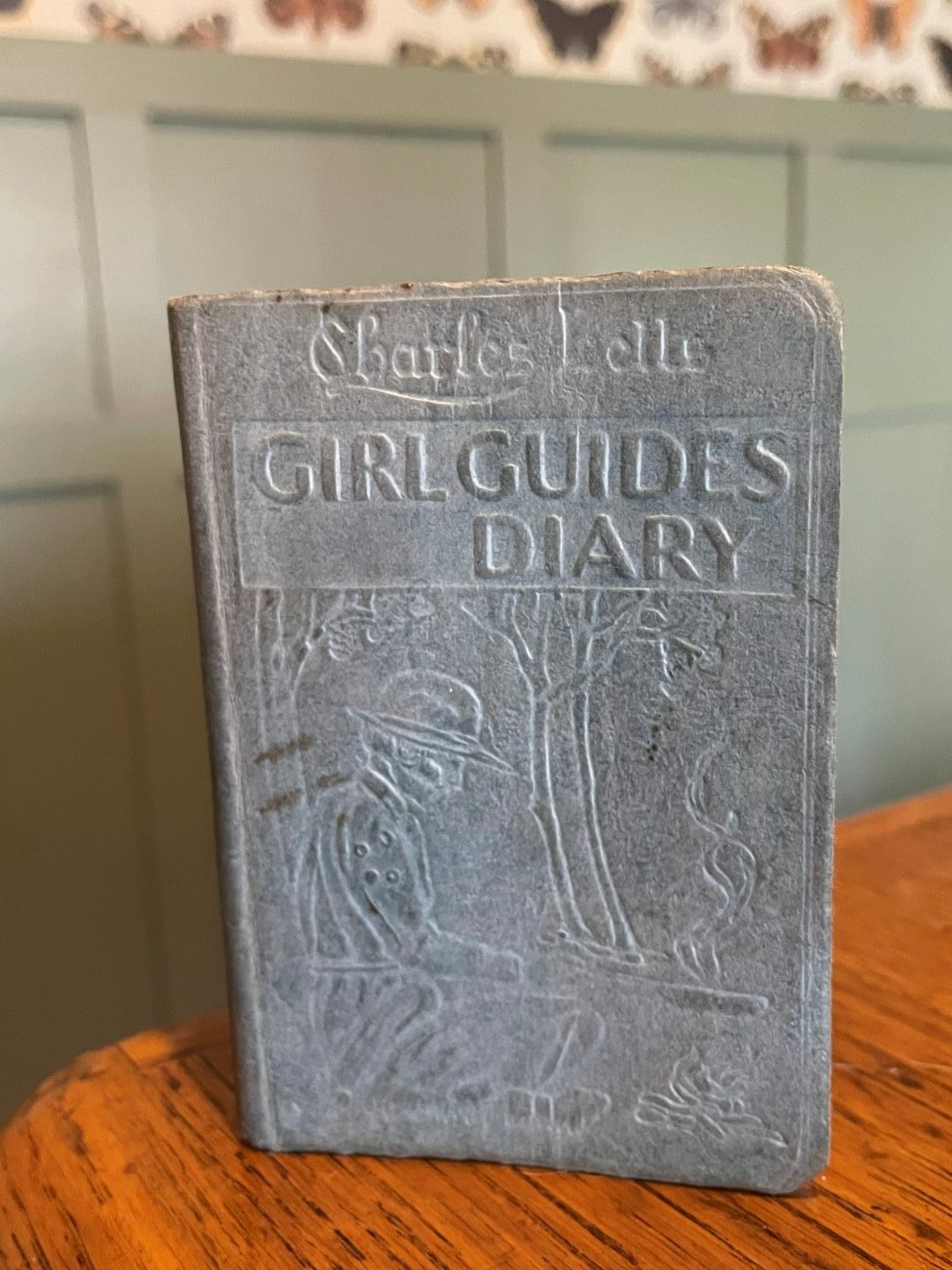
Guides might have an unfair reputation in popular culture for being softies, but the diary shows how Guides were trained to be resilient – and prepared – in the face of adversity.
From examinations in first aid to semaphore and surviving a gas attack, most modern-day adults would struggle to pass the Girl Guide’s tests of 1944.
Diary evokes innocence of bygone era
This Girl Guide diary belonged to Alexandra Cruickshank of the 4th Inverness Guides, who was 13-years-old in 1944.
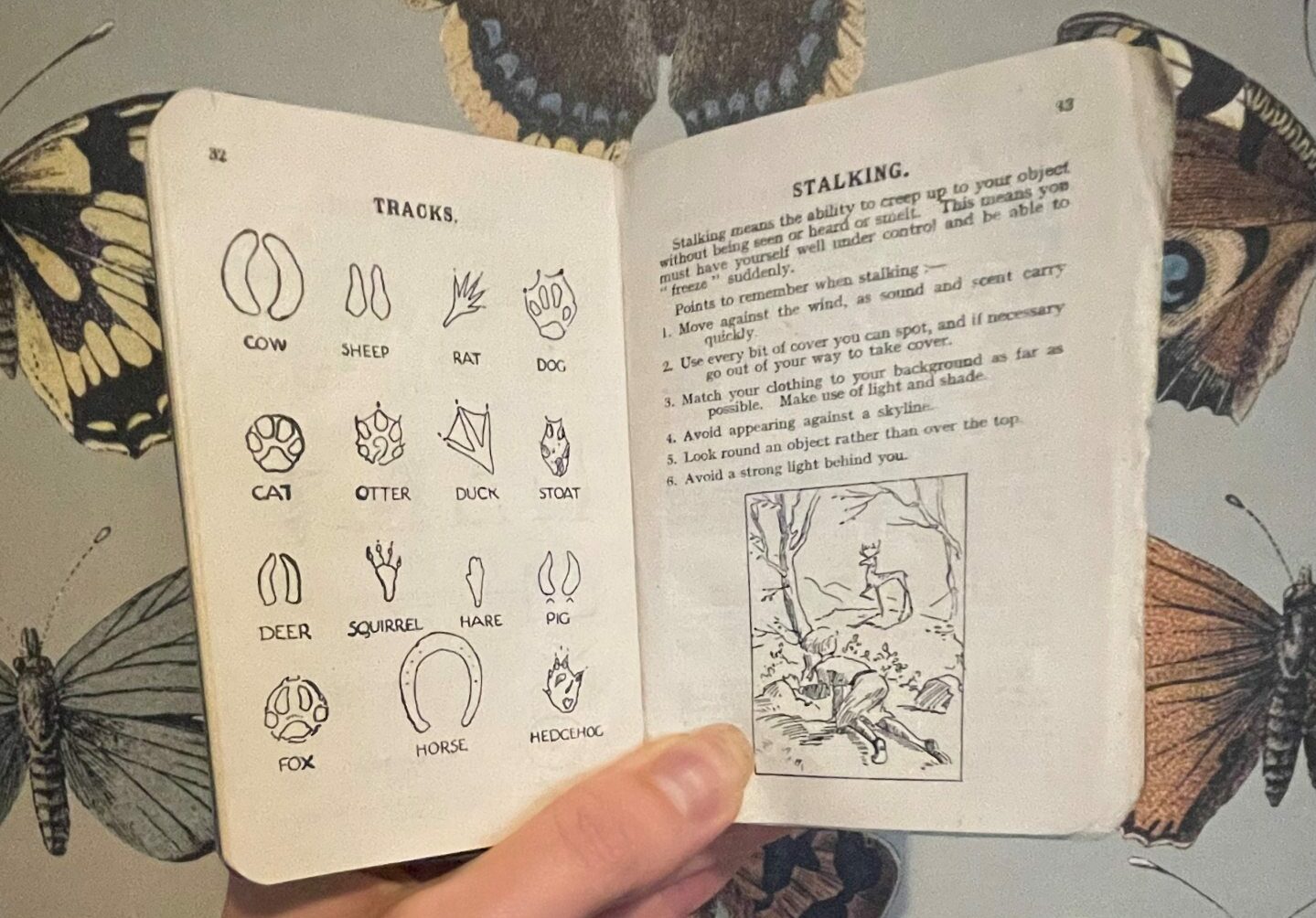
The little blue handbook opens with The Girl Guide Promise and the Guide Law which encourages young girls to be honorable, loyal and helpful – elements that are still part of the Guide Law today.
However, it also contains clauses that evoke the innocence of times past: “A Guide smiles and sings under all difficulties”, which was probably quite challenging during wartime Britain.
And in the 21st Century, there are aspects of the 1944 Guide Law we could all learn from, including “a Guide is thrifty – she makes the most of her possessions and does not waste anything”.
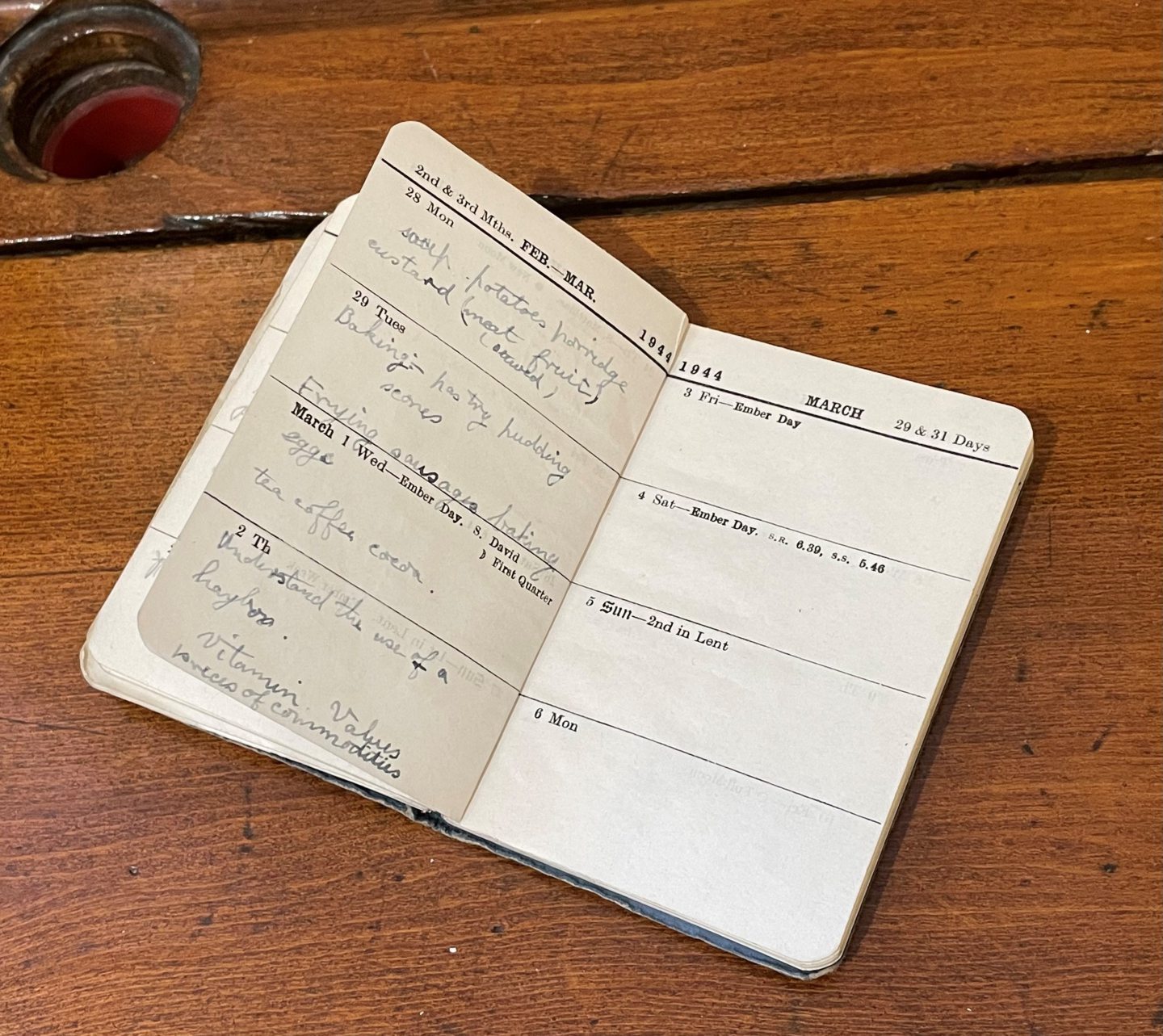
Tenderfoot test
To progress through the ranks, Guides had to pass a series of tests, starting with the ‘Tenderfoot Test’ – the starting point for new recruits.
To gain that coveted first badge, younger Guides had to know The Guide Law, the threefold promise, the signs and salute.
But were also required to understand the composition of the Union Jack, how to tie six useful knots, have one month’s attendance and know the legends of the Union Jack Saints.
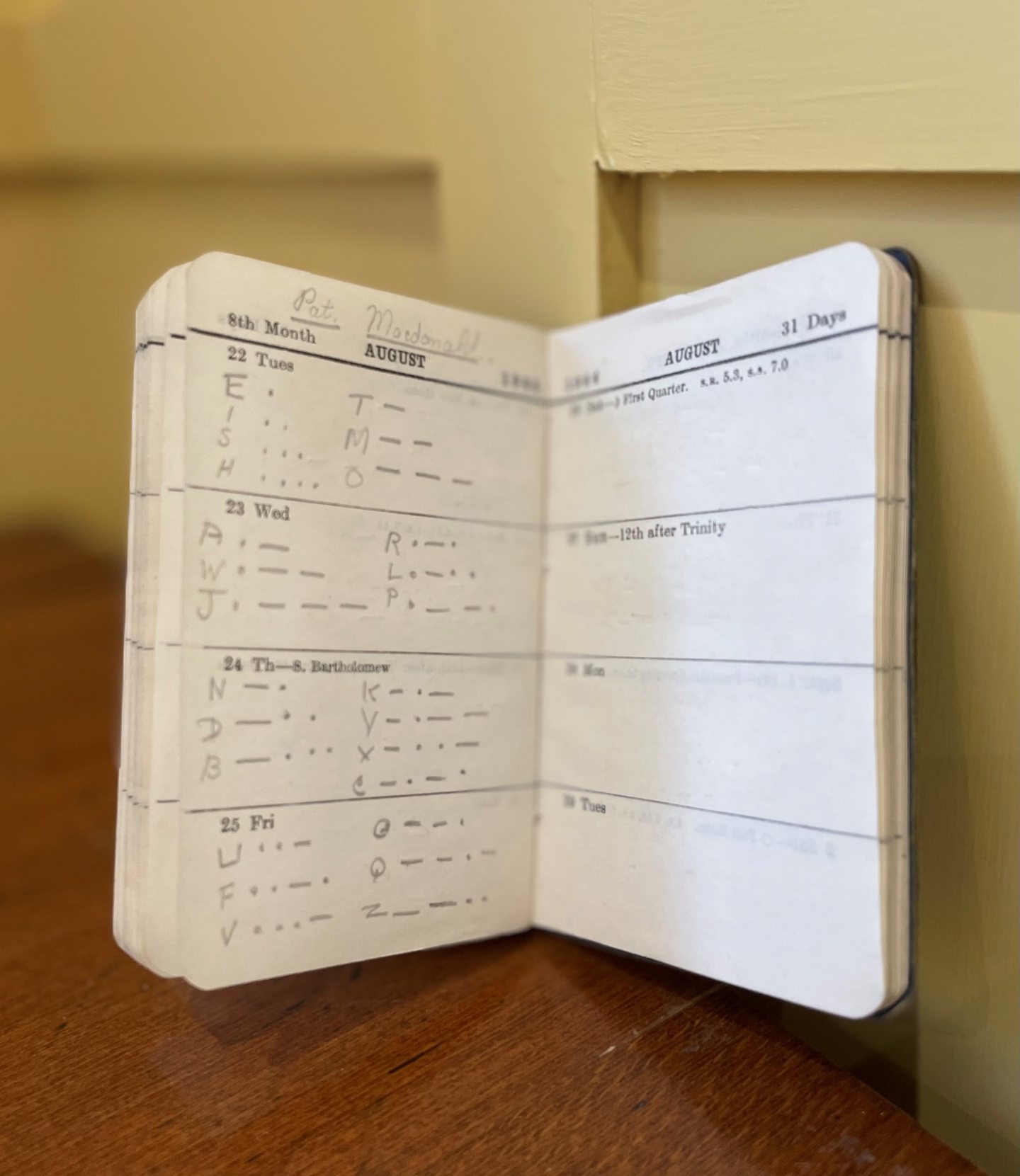
Second Class test
Those who progressed onto the Second Class Badge were tasked with more complex challenges as part of the Guide intelligence test.
Straight out of an Enid Blyton book, these tests included successfully sending and receiving a Morse code message across a reasonable distance.
But hold the ginger beer, because fitness was also key to being a healthy Guide.
The Second Class badge also required members to be able to cover a mile at Scout’s Pace – alternating walking and running – in 12 minutes.

With an emphasis on nature and the great outdoors, a Guide also had to stay still alone for half an hour in the open, reporting back on anything she observed or smelled.
A good Guide could also recognise 12 living things in their natural environment, carefully stalk and track animals, as well as be able to make a fire outdoors without using more than two matches.
Being able to carry out basic first aid was and remains an integral part of being a Girl Guide, but in 1944 there was also an emphasis on homemaking, with a Guide being shown how to strip and make beds.
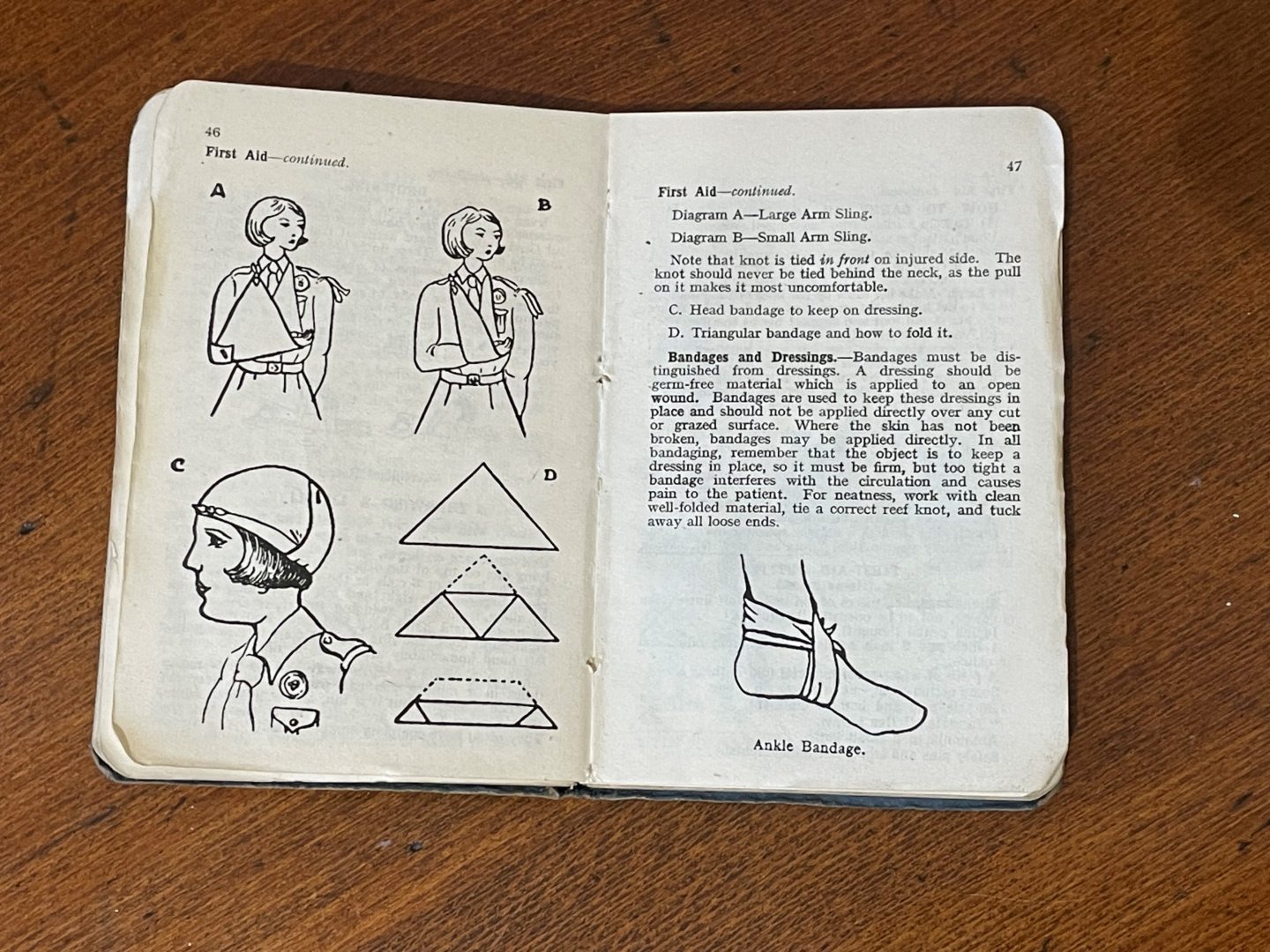
And in the days before most homes had telephones, let alone mobile phones, Guides had to know how to use and locate a phone box.
First Class test
Once Guides passed their Second Class Test they could sit the First Class exams which were more complex still, with girls expected to be able to use a compass and find the 16 points by the sun and stars.
They had to demonstrate thrift, and endeavour to prevent waste in six different ways, and train new recruits to pass their badges.
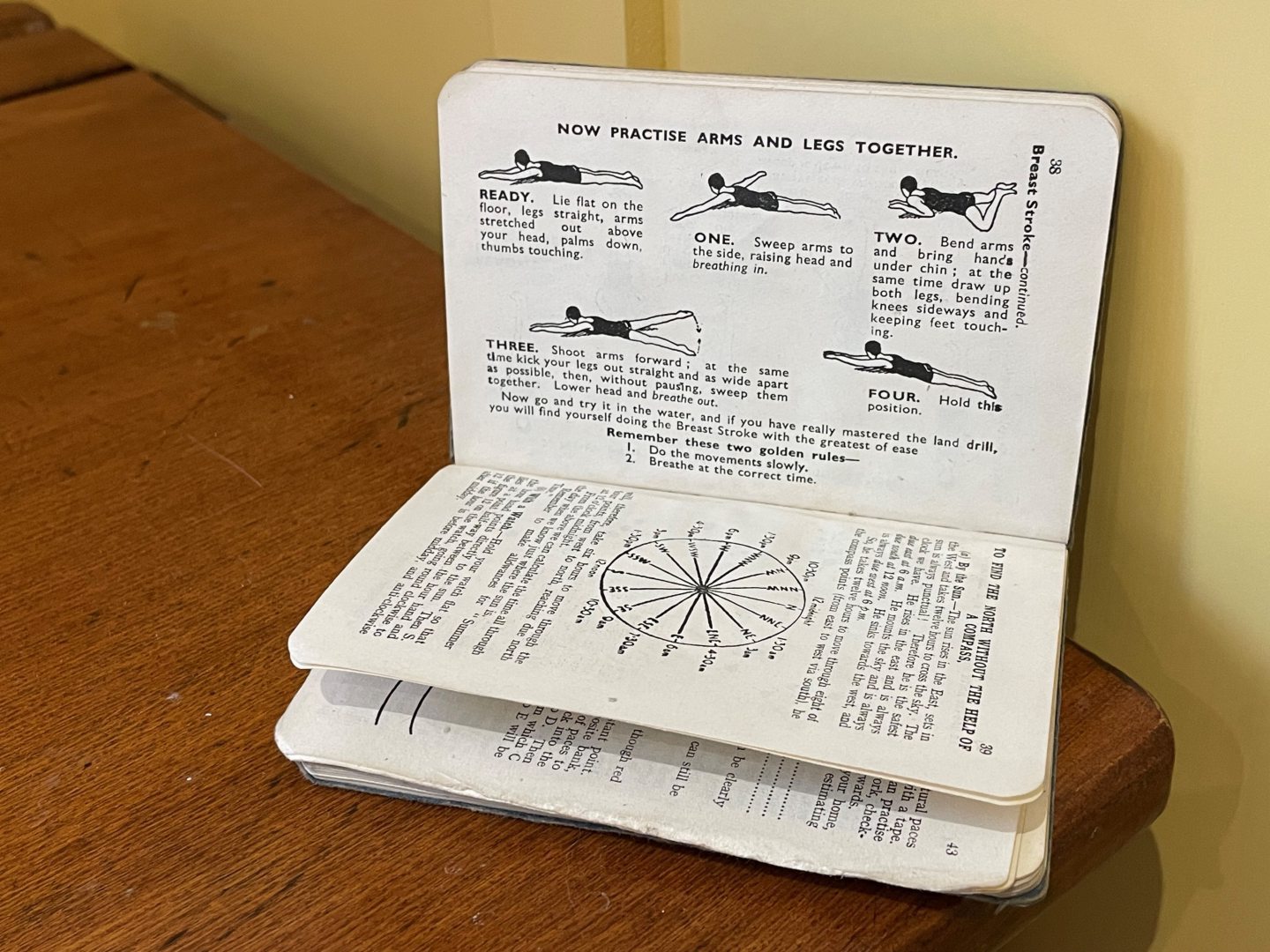
Guides needed to be handy with a needle, not only to sew their badges on, but to make basic clothing repairs.
And continuing on the domestic front, a First Class Guide was to help mother around the home and had to achieve her Cook and Child Nurse badges.
In addition to swimming 50 yards to throw a lifeline to a stricken swimmer, Guides had to cover two miles on foot in 30 minutes using Scout’s pace and “arrive in good condition”.
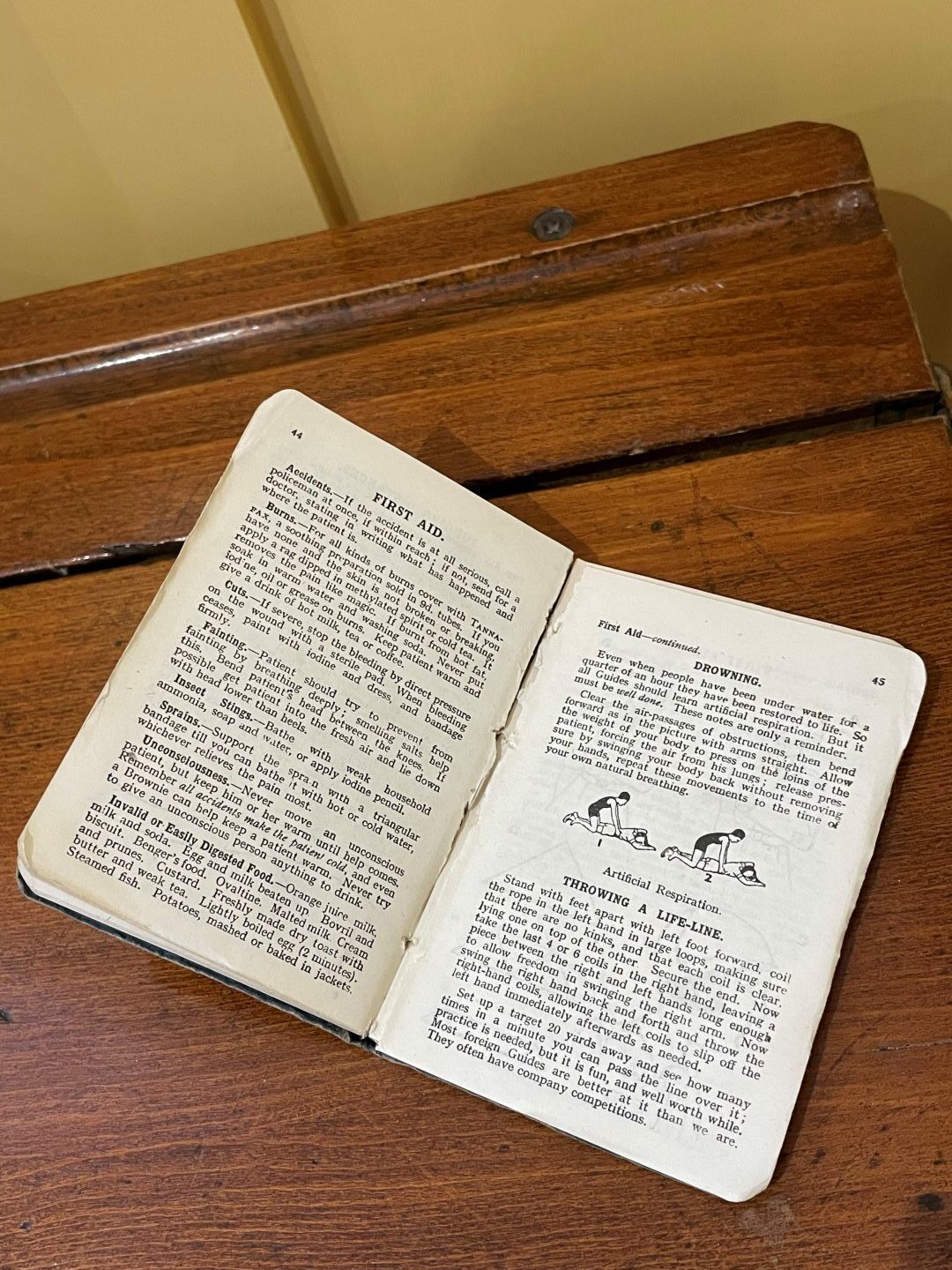
As part of the Girl Guides’ willingness to help, members had to be able to direct strangers to the nearest doctor, post office, fire, ambulance or police station, and be able to sketch a map.
In the days before health and safety, a First Class Guide had to take two younger members out on an entertaining half-day’s hike, organising the route and cooking their meals.
And more seriously, to pass the First Class test, a girl had to be able to “arrest bleeding from arteries”, treat an unconscious patient and “resuscitate the drowning”.

Ranger Guides needed to know how to handle gas attack
Reflecting the wartime circumstances and the Blitz, older Ranger Guides had even more important duties to learn through Home Emergency Training.
The diary states: “A Ranger should keep her head, but it is equally important that she should know what is the right thing to do.”
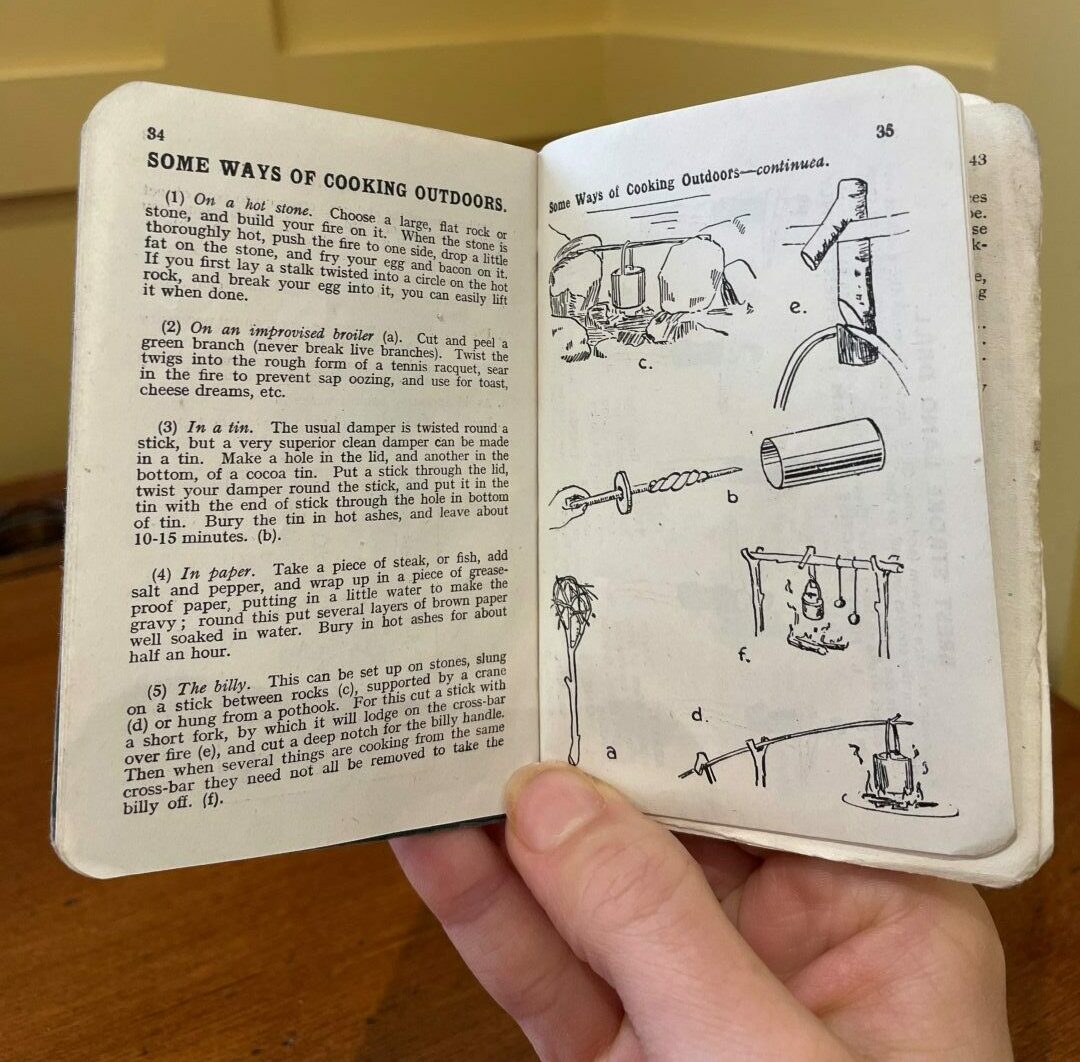
And in being able to determine the correct procedure in any given emergency, Rangers had to know how to use a stirrup pump in the event of fire.
They had to be able to cope with severe bleeding, and know how to use respirators in a gas attack.
Other emergency scenarios included dealing with suffocation, shock, and to treat shock outdoors, a Ranger had to be able to light a fire and produce “a hot stimulant in not more than 20 minutes”.

And as if an encyclopedic knowledge of first aid wasn’t enough to contend with, a Ranger Guide needed to know how to repair an electrical breakdown by repairing a fuse wire and assembling an electric buzzer.
Guides spies ended the war
During the First World War, these skills were put into practice.
Guides played a crucial home front role by carrying out first aid duties and volunteering in hospitals, while also entertaining the troops and working on the land.
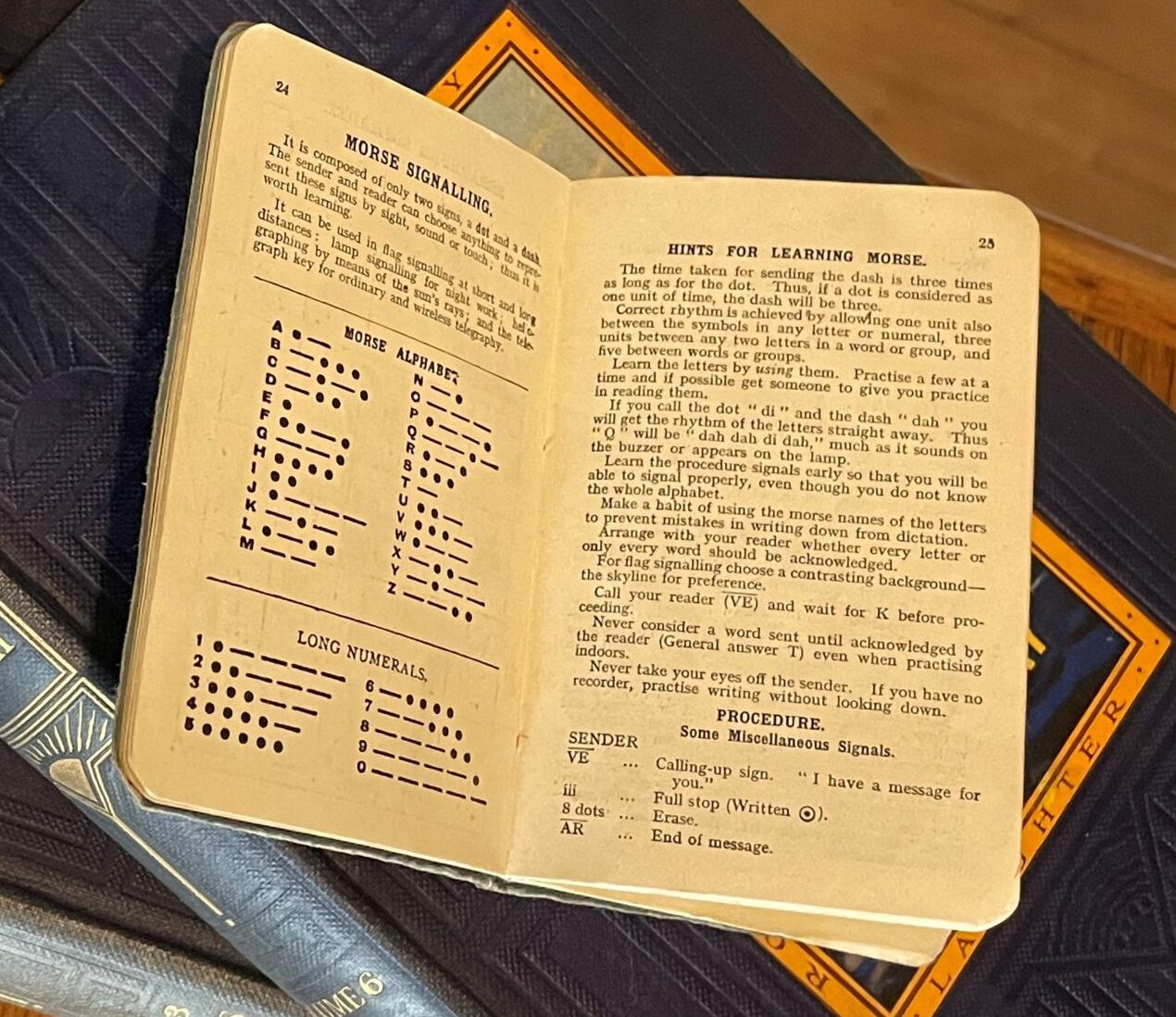
And Girl Guides were even credited with ending the Great War, because they were used as secret messengers and couriers for MI5.
When the war ended, a select number of Britain’s Girl Guide spies were taken to France to act as secret messengers during the Treaty of Versailles negotiations.
From wartime service, to caring in the community, on World Thinking Day today, Girl Guides, Brownies and Scouts across the world come together to celebrate the Girlguiding movement’s rich history and celebrate its achievements.
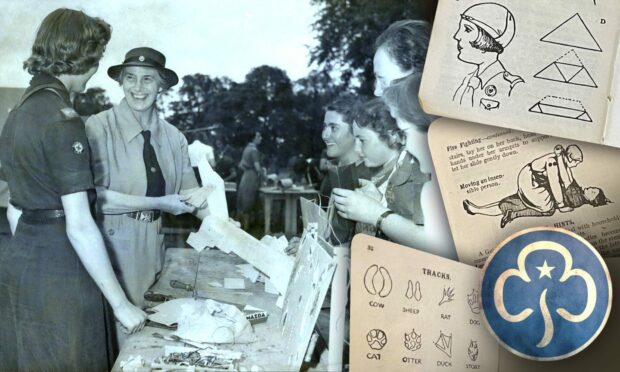

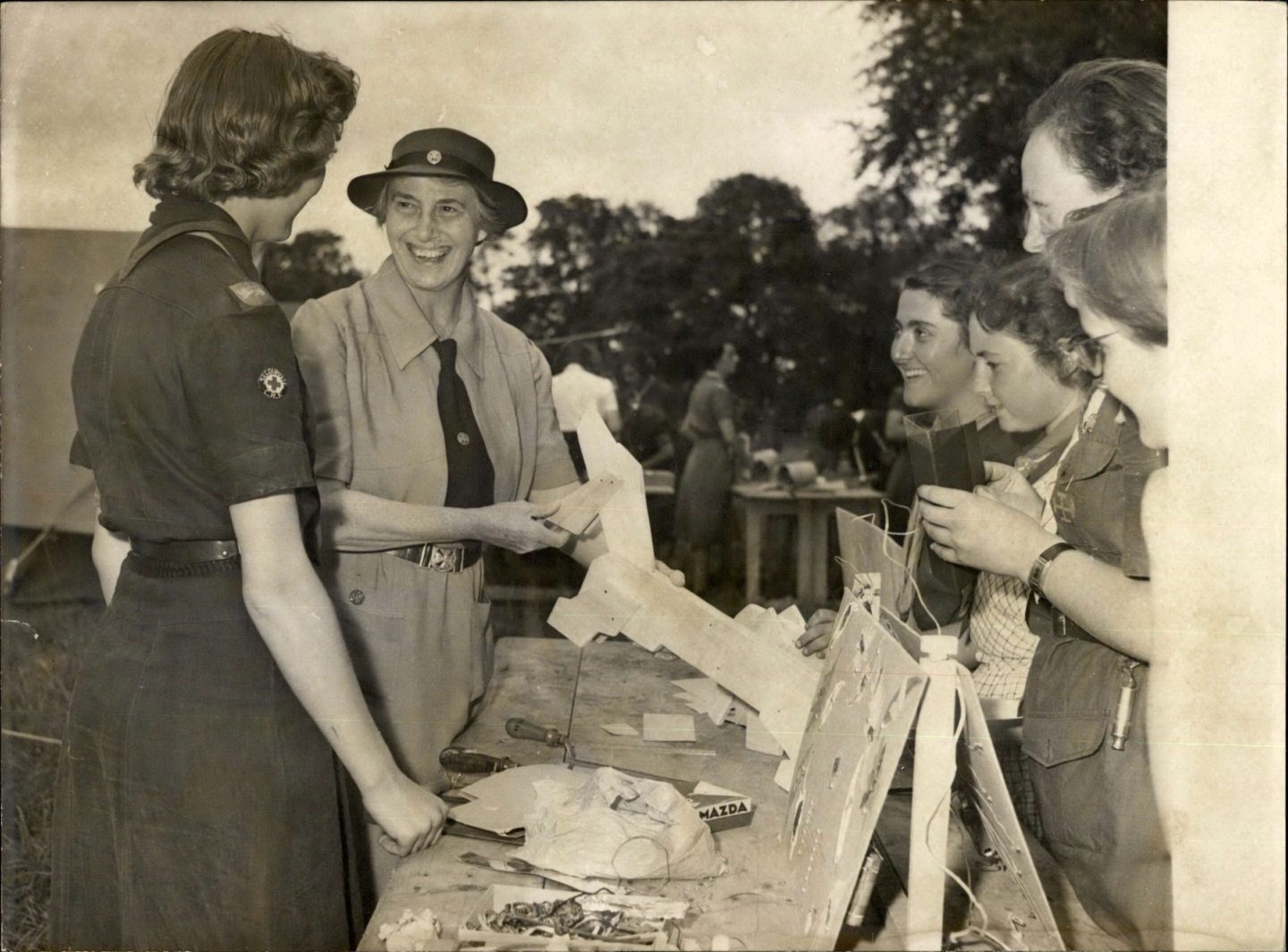
Conversation